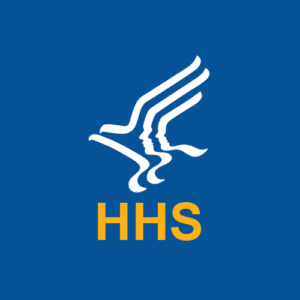 Nearly a year after the department first released proposed changes to the underlying requirements, the United States Department of Health and Human Services (HHS) last month issued a rule finalizing revisions to Confidentiality of Alcohol and Drug Abuse Patient Records regulations (42 CFR Part 2).
Nearly a year after the department first released proposed changes to the underlying requirements, the United States Department of Health and Human Services (HHS) last month issued a rule finalizing revisions to Confidentiality of Alcohol and Drug Abuse Patient Records regulations (42 CFR Part 2).
As stated on the website of the Substance Abuse and Mental Health Services Administration (SAMHSA) (an agency within HHS), the purpose of the amended rule is “to facilitate health integration and information exchange within new health care models while continuing to protect the privacy and confidentiality of patients seeking treatment for substance use disorders.”
The finalization is also noteworthy in light of the fact that Part 2 has not been updated in almost three decades.
Protocol that ran behind technology
Part 2 confidentiality requirements were designed in 1975 to spare substance use disorder patients the stigma that a violation of privacy might bring about (thereby potentially dissuading them from seeking help); the provisions were last adjusted in 1987. However, the manner in which patient data is currently shared and transmitted has radically changed since then, and therefore, the provisions intended to benefit patients might have been the source of unintended hurdles.
Furthermore, in the ensuing 30 years since the last update, other privacy stipulations have been implemented on the state and federal levels, at times proving contradictory to Part 2 requirements.
SAMHSA has said that its overarching intent in this revised rule is to clear compliance obstacles between Part 2 programs and providers via Accountable Care Organizations (ACOs), Health Information Exchanges (HIEs), and clinically integrated networks. However, SAMHSA addressed the reality of Congress ultimately needing to pass legislation in order for the revisions to be fully meshed with all privacy provisions in the 1996 Health Insurance Portability and Accountability Act (HIPAA).
Unsurprisingly, implementation of the revised rule will come with financial costs. ACOs, HIEs, and clinically integrated care networks can expect to allocate funds in order to align with the rule’s requirements for patient consent. SAMHSA ballparks the compliance cost to the industry overall at $241 million within the span of the upcoming decade as necessary changes are made.
“General designation consent” pathway most substantial revision
Although the finalized rule touches on a few different aspects of bringing the confidentiality regulations up-to-date, what follows is the main way it modernizes the existing regulations:
Prior to the rule update:
Part 2 programs and healthcare practitioners in receipt of Part 2 patient records were required to get the patient’s written permission to share the records for the purposes of payment, treatment, and healthcare in such a way that the consent form had to specify with whom the disclosure was to be made. This was a departure from the HIPAA rule that allows the consent to share information form to more generally indicate a type of recipient rather than naming each one specifically.
After the final rule:
There will now be a “general designation consent” pathway that allows Part 2 programs (“and other lawful recipients” of Part 2 records) to share Part 2 records with all of a patient’s past, present, and future substance use disorder providers through third parties named on the consent (like ACOs, HIE, and clinically integrated networks) without specifying each individual provider. The caveat is that the named third party that has been granted permission to disclose patient records must possess the proper technology to limit access to the patient data to those providers directly involved in the individual’s care, as well as possess the capacity to furnish the patient—should s/he request it—with a “list of disclosures” revealing which providers are in receipt of the records.
Patient privacy prioritized by the HHS
“Today’s changes will further enhance health services research, integrated treatment, quality assurance and health information exchange activities while at the same time safeguarding the essential privacy rights of people seeking treatment for substance use disorders,” said HHS Deputy Assistant Secretary, Kana Enomoto. “These efforts clear the way for integrated health care models that can provide a better, more cost-effective health care system that also empowers people to make key decisions about their health care.”
For more information/questions regarding any legal matters, please email [email protected] or call 310.203.2800.